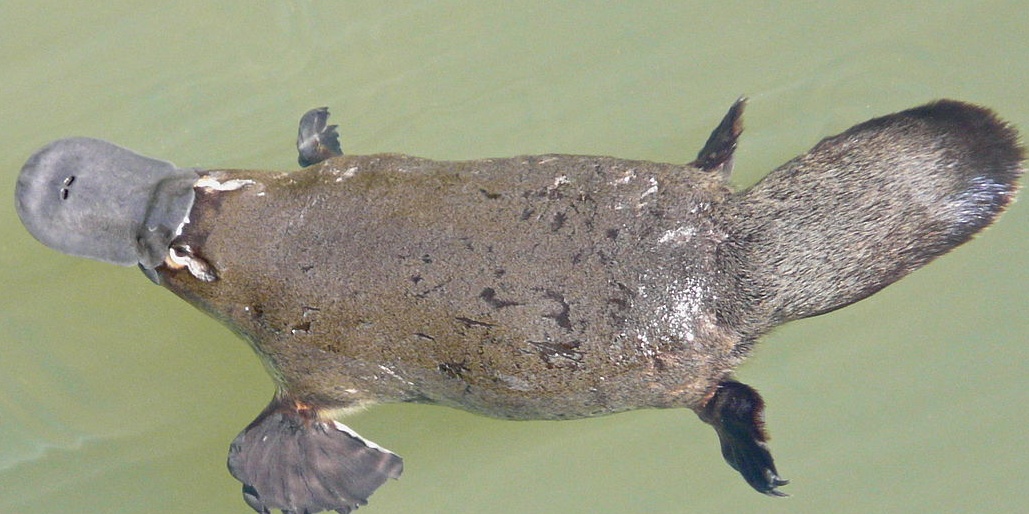
/GettyImages-148868533-59b82cacd088c00011c906ac.jpg)
Diprotodonta, meaning ‘two front teeth’.

Approximately half of Australia’s mammals are marsupials.Īustralian marsupials are divided into four orders: Young are born at a very immature stage, and climb to the pouch where they attach firmly to their mother’s teats for several weeks. Burrowing and tree-climbing marsupials generally have a backward-facing pouch, and in several small carnivorous species it is reduced to just a fold of skin. Marsupials have a number of unusual features, the most famous being the use of a pouch to carry the young, which is most conspicuous in the kangaroo family. They can be seen in captivity in Currumbin Wildlife Sanctuary (Qld), Australia Zoo (Qld), Platypus House (Tas), Wings Wildlife Park (Tas) and various other zoos and wildlife parks. They can often be seen on tour with Araucaria Ecotours (Qld)Įchidnas are found throughout Australia but can be very unpredictable.

Platypus are found in rivers and streams of eastern Australia, from north Queensland to Tasmania, and introduced to Kangaroo Island, South Australia. They can be seen in a number of wildlife parks and zoos, including David Fleay Wildlife Park (Qld), Lone Pine Sanctuary (Qld), Taraonga Zoo (NSW), Healesville Sanctuary (Vic) and Platypus House (Tas). Monotremes are of great biological interest, as they are the only mammals that lay eggs as well as having true mammalian hair and suckling their young with milk, and share various other oddities. Their closest living relative is of course the platypus. They are spiny, but they are not related to porcupines or hedgehogs and are very different (they lay eggs, develop pouches for their babies, and use their long sticky tongues to feed on ants and termites). There is one species of echidna in Australia, which occurs also in New Guinea along with a couple of other species. No one believed the first specimens collected by sailors were genuine, it was such a bizarre animal to look at – and that was before they knew it also laid eggs, despite being furry and giving milk to its offspring, that locate its prey or that the male had a venomous spur (thus being the world’s only venomous mammal). The most famous is the platypus, found only in Australia.
#Are platypus marsupials plus
Koala, wombat, kangaroo, numbat, platypus and many others are found only in Australia itself, while New Guinea has a number of wallaby, tree kangaroo,bandicoot and other marsupials, plus other species of echidnaĪustralia and New Guinea (which at times have been joined by land-bridges) are the only countries where all three sub-classes of mammal can still be found: Over 270 species of land dwelling mammals are native to Australia, approximately 84% of these being found nowhere else but the region encompassing Australia, New Guinea and neighbouring islands. There are no native hoofed animals, monkeys, cats or bears (and no truly native dogs, although the dingo has apparently been here for at least 3000 years), half of our mammals are marsupials, and we are the only continent with all three of the sub-classes of mammals (see below). Mammals are milk-giving, lung-breathing vertebrates, and most (apart from whales and dolphins) are hairy.Īustralia’s mammalian wildlife is very different from the rest of the world. ….kangaroos, koalas, platypus, bats, whales etc Wildlife Books & Wildlife Tourism BooksĮastern grey kangaroos (courtesy Darren Green, Araucaria Ecotours).Tour guiding and wildlife interpretation.Wildlife experiences in Australia – overview.


 0 kommentar(er)
0 kommentar(er)
